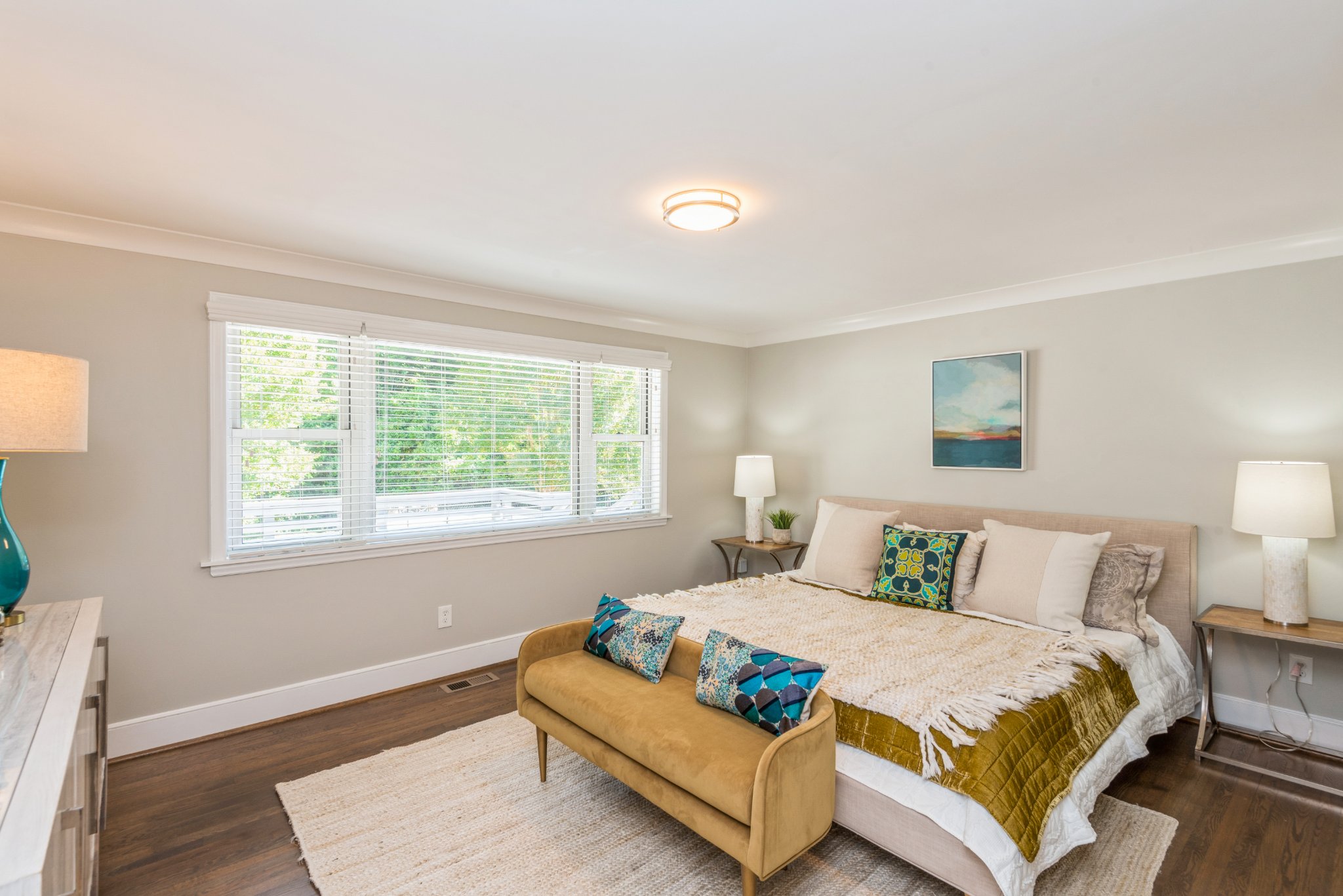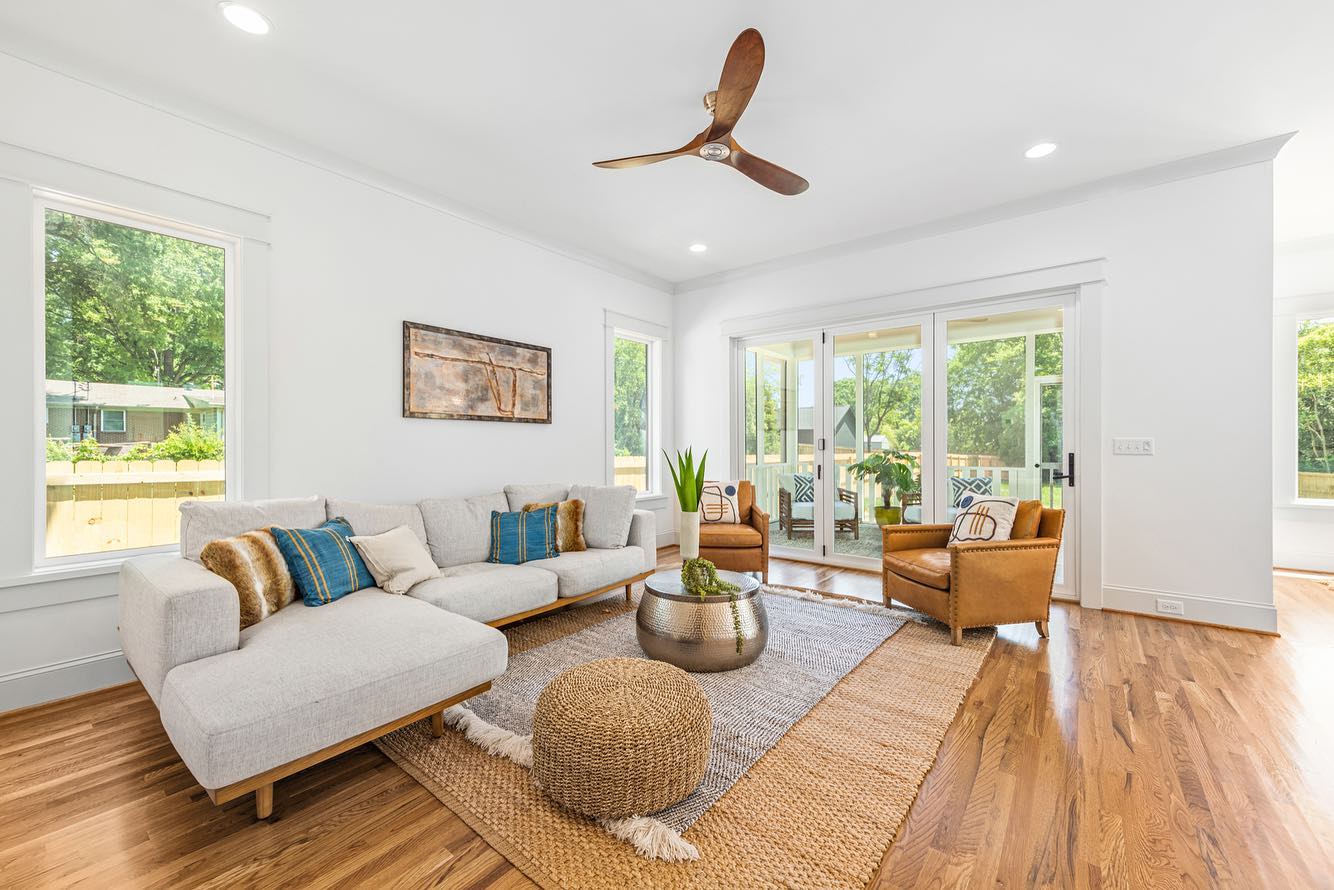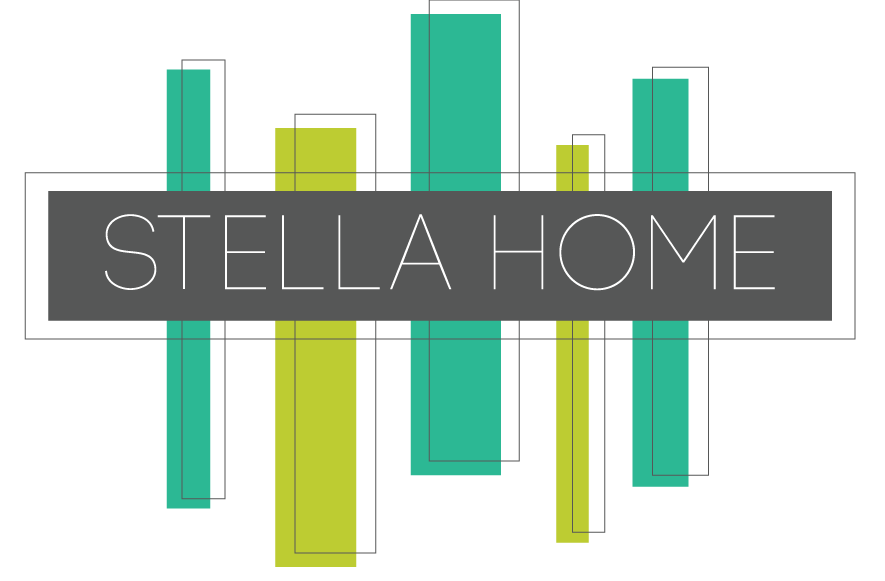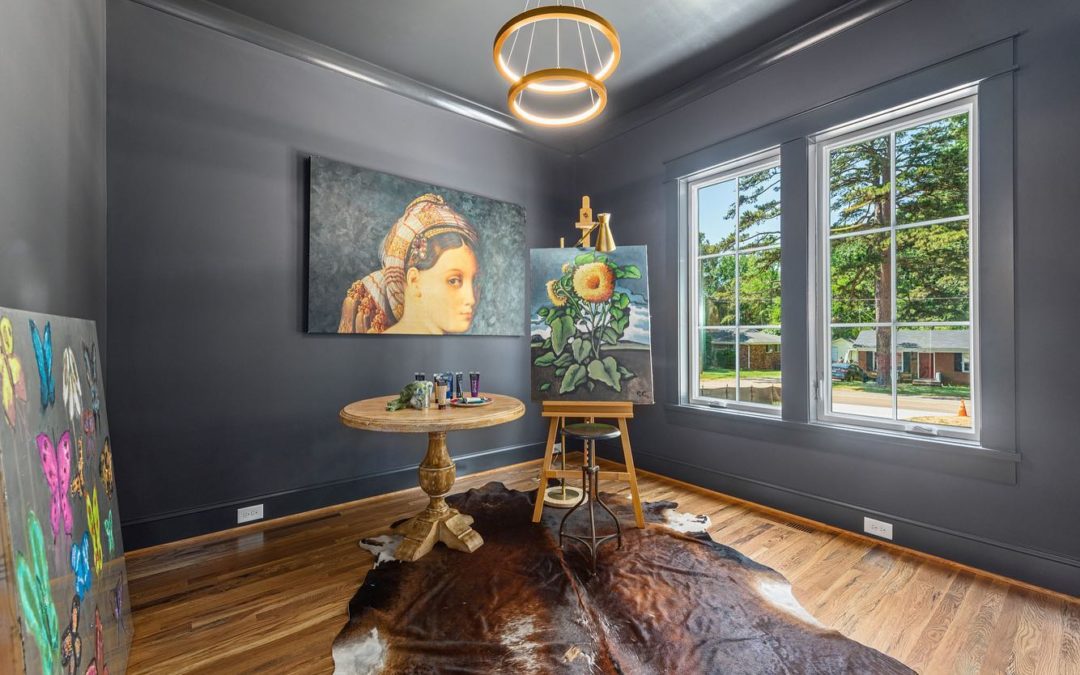Since you’re here, you have an interest in home staging. But you might not know how valuable it can be and what goes into the cost. Let’s talk about that.
Realtors say staging has an impact on 91% of buyers, according to a 2021 National Association of Realtors study. It helps buyers visualize themselves in a home and makes a listing stand out online. It also leads to higher offers. When you see a staged home you can see the difference.

Sticker shock
It’s not unusual for a listing agent or homeowner to experience sticker shock the first time they call me looking for information about staging a home, especially if they don’t have previous experience with the service. My first primal response is to start justifying what they believe to be a lot of money for the service. My professional response is to provide my minimum fee and break it down from there if they are curious. If I’m given the opportunity, it really doesn’t take long for a reasonable person to fully understand and appreciate the cost of staging.
So why does staging cost what it does?
This post may read like a college economics 101 course, but I think it is important to help people understand what they’re getting for their money. Before I started Stella Home, the first stager I met with taught me to have a minimum fee. Costs are so project-dependent that it is not feasible to have a standard price list. My fee starts at a set minimum and goes up from there based on the size of the project. So, what’s my minimum? $3500. Yes, there it is. Is that number shocking? In fact, when you look closer, you’ll see staging is often UNDERvalued.
What goes into the price?
As with any other business, the owner has to cover their fixed costs, or recurring expenses. The biggest one is moving/movers. I will tell you on my 2021 tax return my annual cost for moving was about $50,000. That breaks down to about $1200-$1500 per move. My other big fixed cost is storage. I rent two small warehouses and a smaller self-storage unit for $3100 a month. I also pay utilities for my warehouses. *Side note both labor and storage costs have gone up considerably since 2020.
I also have variable costs that aren’t necessarily constant and can fluctuate. That includes purchasing furniture, decor, staging goods, cleaning and repair, and fuel.
The last consideration is harder to monetize, and that’s my time.
What I think it’s worth and what a customer may think my time is worth might not match. Here is what I’ll say about that: an average stage takes me between 16-20 hours. This includes, but is not limited to, composing the stage design, packing everything up, moving it in, fine-tuning the details after the movers leave, packing everything up and off-loading it back at the warehouse.
What I’m not including is acquiring goods, decor and special items that a stage may need. I don’t limit my spending on any project. If I think a stage needs a special couch or original artwork that I don’t already have in my inventory, I go buy it. I don’t pass costs for those acquisitions to my client, I just go buy stuff.
 When I was first building my business, I lost money the first several years as I built my inventory. Now, I use staging items many times over which off-sets the cost. I also don’t go cheap for my staging. I buy really good stuff or refinish older items. My look needs to be unique and elevated.
When I was first building my business, I lost money the first several years as I built my inventory. Now, I use staging items many times over which off-sets the cost. I also don’t go cheap for my staging. I buy really good stuff or refinish older items. My look needs to be unique and elevated.
This post may seem a little self-indulgent. But I really want people to know my staging is a fantastic value. It not only pays for itself, it makes sellers money. So, don’t be afraid to stage, I promise you it’s worth it.
To learn more about my creative process when staging a home, check this out.



